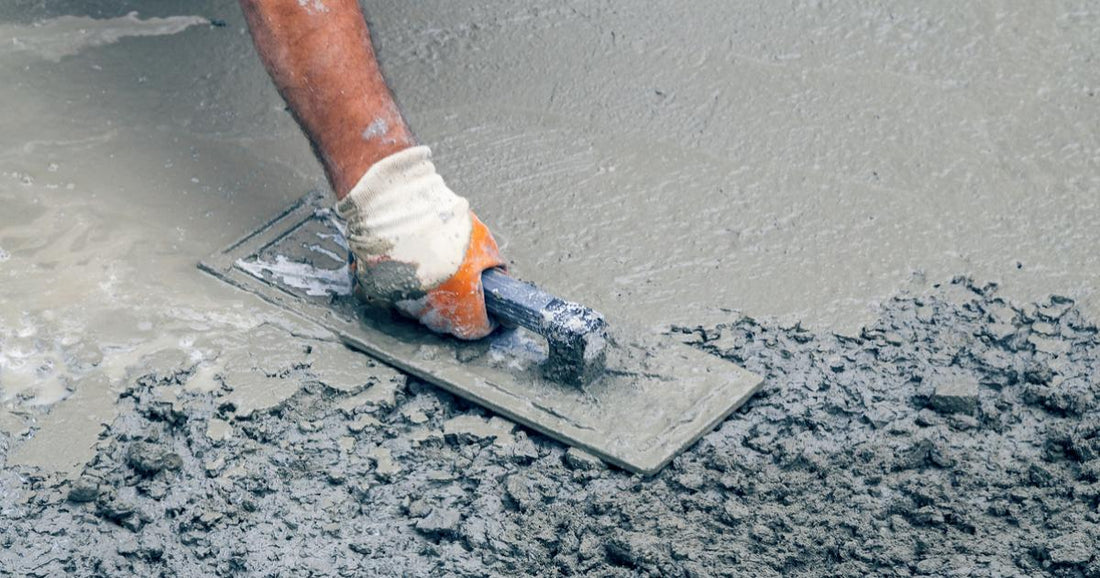For civil engineers, calculating the amount of concrete used in a slab is an essential part of the construction process. To provide a better understanding of this process, this blog article describes the various steps and methods that can be used to accurately calculate the amount of concrete in a slab. With this guide, civil engineers can maximize the efficiency of their projects and ensure the best use of their resources.
To calculate the amount of concrete needed for a slab, several methods can be used. The first and most common method is to simply multiply the length, width and depth of the board. This will give you the total volume of concrete needed for the job. However, it is important to note that this method does not take into account the voids that will be present in the finished product.
Another method for calculating the amount of concrete is the so-called average loss method. This method takes into account the voids that will be present in the finished product and adjusts the volume accordingly. To use this method, simply multiply the length, width and depth of the slab and subtract the estimated void volume. This will give you a more accurate representation of the amount of concrete needed.
Regardless of the method chosen, it is important to accurately calculate the amount of concrete. This ensures that your project is completed efficiently and you are not wasting resources. With a little planning and a good understanding of the methods available, any civil engineer can easily calculate the amount of concrete needed for their next project.


Furthermore, attention should be paid to the volume of other elements, such as beams. Beams require a significant amount of concrete. Therefore, the total length of the beams must be multiplied by the cross-sectional area of the beam after subtracting the slab coverage area.
Most importantly, the increase in concrete volume needs to be taken into account for the following reasons.
- Change the thickness of the ceiling by lowering the formwork
- Concrete compaction
- Concrete loss due to formwork damage
Therefore, in practice it is common practice to use a value higher than the calculated volume. For small panels it would be around 0.5 – 1.0 m 3 . For larger slabs this may vary and the quantity required will be decided at the end of concreting.

